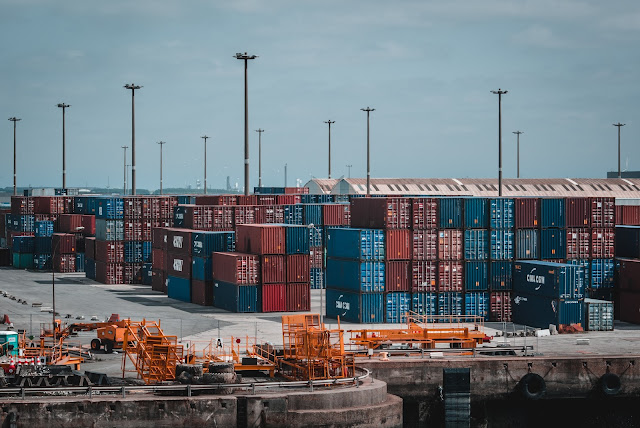Current account deficit?
A country's commerce is measured by its current account deficit, which occurs when the value of the goods and services it purchases exceeds the value of the exports. Despite making up a relatively tiny portion of the total current account, net income, including dividends and interest, and transfers, such foreign aid, are included in the current account. Similar to the capital account, the current account is a part of a country's balance of payments and represents the country's overseas transactions (BOP).
How to Interpret a Current Account Deficit
By raising the value of its exports in comparison to the value of its imports, a nation can reduce its existing debt. It can impose import limitations, such as tariffs or quotas, or it can put a focus on policies that encourage export, including import substitution, industrialisation, or policies that increase the global competitiveness of indigenous enterprises. The nation can also utilise monetary policy to lower export costs by devaluing the domestic currency to increase its value in relation to other currencies.
Although having a current account deficit does not necessarily mean a country is spending beyond its means, it can indicate that it is. A nation can maintain financial stability while having a current account deficit if it uses external debt to fund investments that offer higher returns than the debt's interest rate. However, if a nation's existing debt levels cannot be paid off with its projected future earnings, it risks becoming bankrupt.
Composition of Current Account
There are four components to the current account, Trade in products and services is the biggest. The other three are significantly more diminutive. Residents might make a net income by working or investing abroad. Direct transfers made by employees to their home nation, international aid, and foreign direct investments come in second. The third is changes in the value of assets including real estate, equities, and bank accounts.
The trade deficit makes up the majority of a current account deficit. The nation imports more products and services than it exports at that point.
A net income shortfall ranks as the second largest component. When international workers and investors bring in more money than domestic workers and investors, that situation arises.
Direct remittances and investment income, the other two factors, aren't significant enough to have an impact on the current account deficit.
Repercussions
A current account deficit is advantageous to the borrowing country in the short term. Foreigners are eager to invest money in it. This propels economic growth past what the nation could sustain itself.
A current account deficit erodes economic vigour over time. Because foreign competitors dominate the market, domestic businesses are unable to grow. Due to the cost savings, many domestic enterprises offshore work.
Foreign investors might begin to wonder whether the nation's economic expansion will yield a sufficient return on their investment. The demand for the nation's assets, such as its government bonds, declines.
Bond yields increase as overseas investors pull their money out. Compared to other currencies, the value of the national currency declines. As a result, the assets are worth less in the stronger currency of the overseas investors. Investor demand for the nation's assets is further decreased as a result. There may eventually reach a breaking point where investors will sell the assets for any amount.
The only saving grace is that the nation holds assets abroad that are valued in other currencies. The value of its foreign assets increases as the value of its currency decreases. The current account deficit is further decreased as a result.
Additionally, exports rise as a result of higher export prices due to a reduced currency value. As inflation sets in and prices rise, the demand for imports declines. Any current account is stabilised by these tendencies.
The effects would be the same whether the current account deficit was closed by a cataclysmic currency crash or a gradual, managed decrease. The citizens of the nation have a reduced level of living as a result.








0 Comments